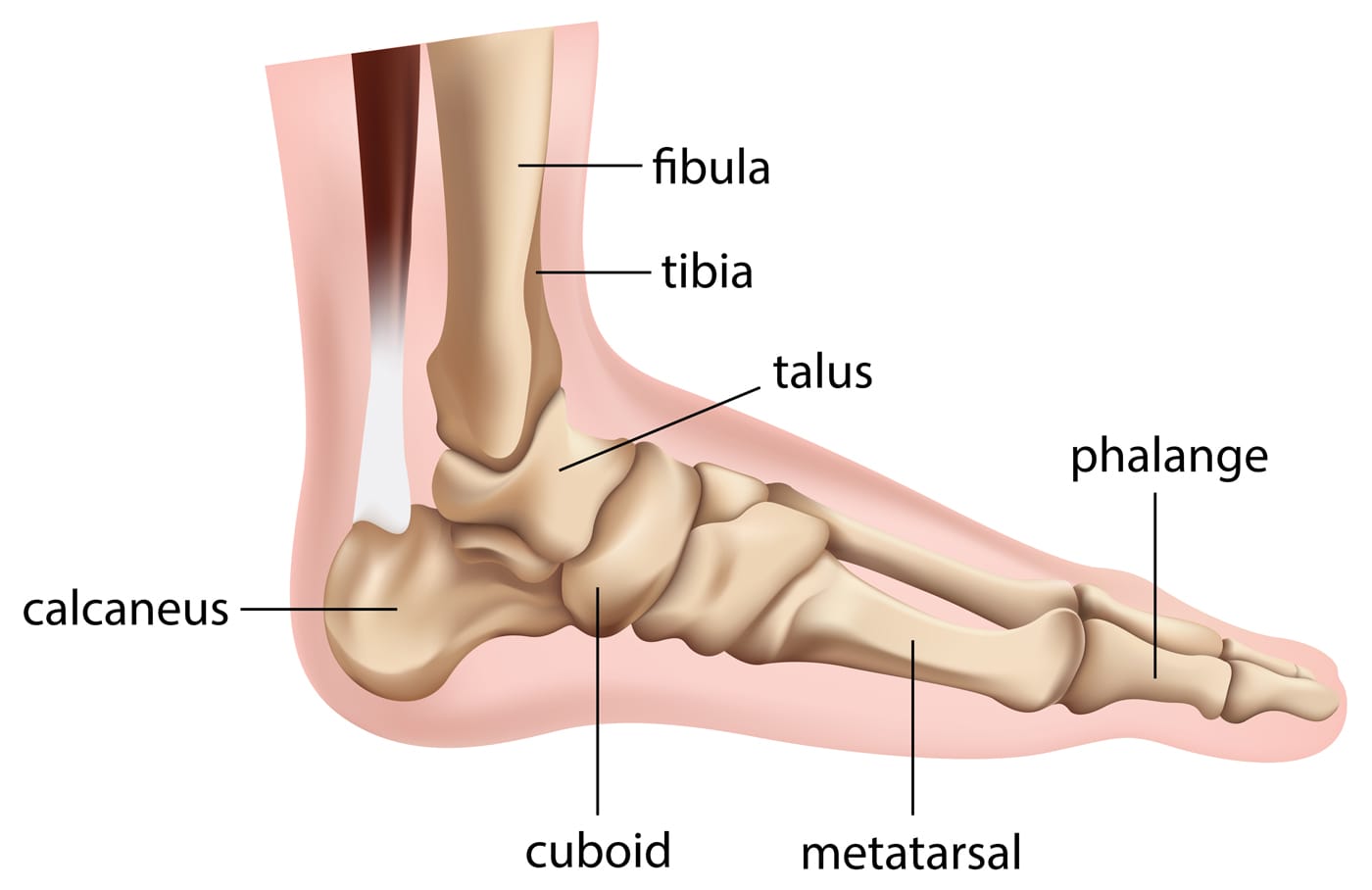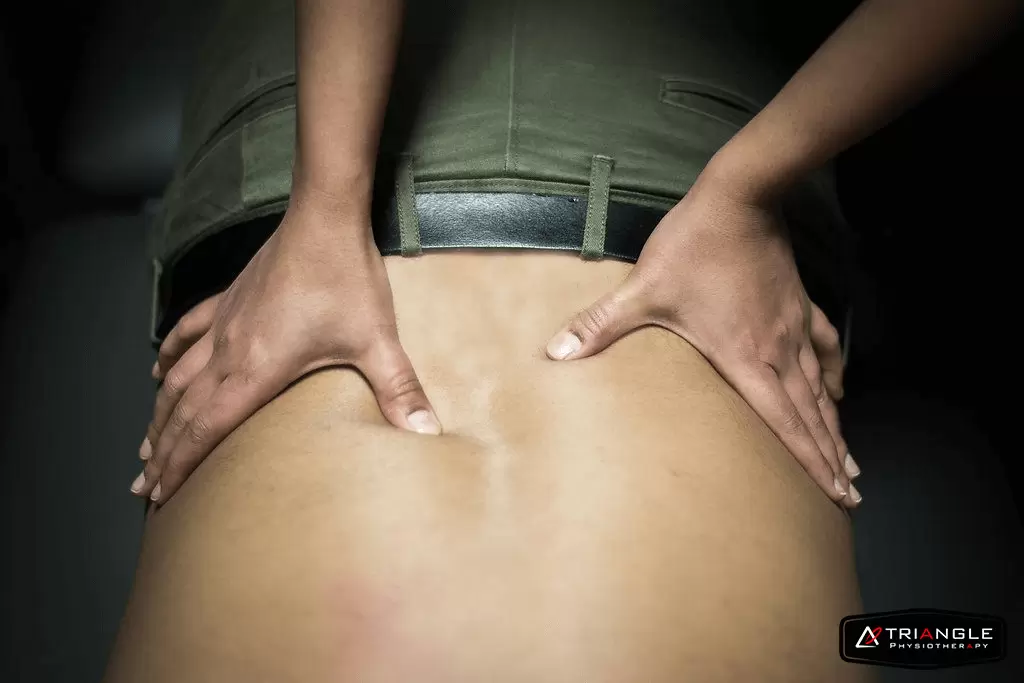We’ve all heard how good running can be for you. Running helps to lose weight, prevent disease, lower stress, strengthen joints, manage blood pressure… the list goes on and on. But there’s a suprising problem you may be experiencing if you’re a long distance runner. It’s called leaky gut. I know, it sounds gross, but if you’re a runner then it’s something to keep in mind. How do you know if you have a leaky gut? Read on to find out common symptoms and how to treat it.
What is leaky gut, anyway?
Leaky gut, also known as intestinal permeability, is a dysfunction in the lining of our intestine. Our intestinal walls are only one cell layer thick. Their job is to absorb nutrients and prevent bacteria from getting into our bloodstream. When the cells of the gut lining start to separate and let bacteria enter the bloodstream, we get what we call leaky gut. This can lead to all kinds of health issues, including:
- allergies
- asthma
- autoimmune disease
- eczema
- psoriasis
- rheumatoid arthritis
- food sensitivities
- irritable bowel syndrome
- Crohn’s disease
- ulcerative colitis
- thyroid problems
- acne
- nutrient deficiencies
- depression and other mood disorders
Also read, Physiotherapy Treatment in Mississuaga
How does running lead to leaky gut?
It’s actually not just running that can lead to leaky gut. Powerlifters and people who do cross-fit are at risk, too. Same goes for anyone who does vigorous strength training or heavy exercise. The gut lining becomes more permeable due to the amount of stress put on your body by these types of activity. High physical stress leads to higher metabolic demands. Endurance sports do appear to have the most profound effect on leaky gut though, which is why you might be more concerned if you’re a marathon runner, cyclist, or triathlete.
When you exercise, plant-derived carbohydrates are digested and fermented by the gut. This can create some harmful byproducts that play a role in creating leaks in your gut. Once you have a leaky gut, toxins are more easily able to cross from your intestines into your bloodstream.
Also read, Physiotherapy Treatment in Oakville
Endurance exercise can also increase our secretion of pro-inflammatory cytokines. This means that more inflammation is happening in the gut, which can throw off the balance of good bacteria versus bad bacteria in the intestines.
If you know me, you know I don’t like talking about health issues without some scientific studies to back up what I’m saying. So let’s take a look at one. Researchers looked at LPS (lipopolysaccharide) levels in athletes. They chose to look at LPS because it is a toxin found in bacteria. They measured LPS from blood samples of 29 athletes before, immediately after, one hour after, two hours after, and 16 hours after a triathlon. What they found was that LPS in the blood increased immediately after the race. But guess what? LPS was even higher than that one hour later. This demonstrated that there was an increase in leaky gut both during and after intense exercise.
I think I might have a leaky gut… now what?
Don’t hang up your running shoes just yet, folks. There might be a solution to those leaks in your gut. Remember how I mentioned that the balance between good and bacteria in the gut can get thrown off? Well, one way to help restore that balance is by taking probiotics. Probiotics are known as the good, healthy bacteria that we want and need in our gut. There are many different strains of probiotics. The two that have been shown to be most helpful with leaky gut is called Lactobacillus and Bifidobacterium. These strains help cells of the intestinal wall to tighten up the gaps between them.
A study demonstrated that probiotic supplements reduced LPS levels in the blood. This led to less leaky gut as well as an increase in the amount of time it took to reach fatigue while exercising in hot temperatures. This means that probiotics could actually help to improve athlete performance, too!
If you are a runner and suspect you may have a leaky gut, don’t wait until deteriorating health issues come along. Act now by calling the clinic to book your appointment with Dr. Corina Kibsey, ND today.
Runners often face various issues that can benefit from targeted physiotherapy to prevent injuries and improve performance. If you need professional physiotherapy care, consider visiting clinics in physiotherapy Etobicoke, Oakville, North York, Toronto, Lawrence Park, Queens Quay, Erin Mills, Mississauga, and Liberty Village. These clinics offer specialized services tailored to the needs of runners, helping them stay healthy and achieve their fitness goals.
- Bones and joints
- Ligaments and tendons
- Muscles
- Nerves
- Blood vessels

Ankle bones
The ankle joint consists three bones: The ankle bone (Talus), shin bone (Tibia), which holds the Talus at the lower end along with a parallel thinner bone (Fibula) and the heel bone (calcaneus). The talus has a socket-like structure which allows it to work like a one-directional hinge.
Aslo read, Physiotherapy Clinic in Etobicoke
Ligaments and Tendons
Ligaments and Tendons serve similar functions but in slightly different ways. While they are both referred to as “soft tissue” structures, ligaments attach bones to bones while tendons attach muscles to bones. Both of them are made of collagen fibers.
Muscles
Muscles work by stretching and contracting, which allows us to walk, run and jump. Below are some of the most prominent muscles of the lower leg:
- The peroneals (peroneus longus and peroneus brevis) are located on the outside edge of the ankle and are mainly responsible for bending the foot down and out.
- The calf muscles (gastrocnemius and soleus) connect to the calcaneus by the Achilles tendon. When the calf muscles tighten, they bend the ankle down.
- The tibialis posterior muscle supports the arch of the foot and helps turn the foot inward.
- The tibialis anterior pulls the ankle upward.
Also read, Physiotherapy Clinic in Mississuaga
Nerves
The nerves on the outer edge and front part of the ankle control muscle movement and provide sensation to the top and outside edge of the foot.
Blood Vessels
There are many arteries which supply blood to the ankle such as the dorsalis pedis, tibial artery, etc. Without adequate blood supply, the muscles of the ankle would not be able to function and would cause significant impairments.
We have 6 clinics located across the GTA: Etobicoke, Oakville, Mississauga, North York, and Toronto (King Street West and Yonge Street. If you are suffering from foot or ankle problems you may benefit from treatment. Don’t suffer any longer! Call or email us today and we will be happy to answer all of your questions.
You can book an appointment for Ankle Anatomy: Click here to book an appointment
Understanding ankle anatomy is crucial for preventing injuries and ensuring proper treatment. If you need expert physiotherapy services to help manage ankle conditions or injuries, consider visiting clinics in physiotherapy Etobicoke, Oakville, North York, Toronto, Lawrence Park, Queens Quay, Erin Mills, Mississauga, and Liberty Village. These locations provide comprehensive care and customized treatment plans to support your recovery and maintain ankle health.
Chiropractors advise that before the weather gets better and we start thinking about getting more active, it’s a good idea to keep some health tips in mind. Anything from a traumatic sports injury to even a minor fall can cause a big issue in our backs. If that happens, it is important to be aware of natural, non-medical remedies that may help. Chiropractors, using spinal adjustments and other forms of hands-on manual treatment, can help you heal without medicine. We have got your back at Triangle Physiotherapy with Chiropractors working out of our King Street West, Oakville, North York and Lawrence Park clinics.
Who is a Chiropractor?
A chiropractor is a trained healthcare professional who specializes in detecting and treating neuromuscular disorders through manual adjustments. They are skilled in hands-on healthcare to help you with postural restoration, spinal alignment, nervous system function and maintenance of health. Chiropractic care is considered an “alternative treatment” approach as it does not involve taking heavy pain-killing drugs or undergoing surgery.
Also read, Best Physiotherapy Rehab Clinic in Etobicoke
What does a Chiropractor Treat?
Nobody takes better care of your spine than a chiropractor. For many conditions, such as lower backache, neck pain, sciatica, and headache, going to a chiropractor is frequently recommended as the primary method of treatment. However, that’s not all they treat. They also treat all other neuromusculoskeletal conditions in the body, ranging from frozen shoulder to a sprained ankle through a manual, rehabilitation-based approach.
Also read, Best Physiotherapy Treatment Clinic in Oakville
Here is some general advice from our Chiropractors:
- Increase your core strength: Build your core muscles by exercising daily and by eating healthy. It will increase your stamina and help you catch yourself to avoid a fall while you travel/hike.
- Stretch regularly: Keep your muscles flexible, it will help you to prevent any injury.
- Take regular breaks at work: Especially when you have a traditional 9-5 desk job, sitting constantly without any movement can get your back and neck in trouble. Get up every 30 minutes and take a 2 minute walk.
- Regularly visit a Chiropractor: Just like you would with your family Physician, inform your Chiropractor about any injury you might have sustained, regardless of how “minor” you think it to be. Even a small wreck can disturb the overall functioning of your body and can lead to long-term unwanted compensations.
- Change your mattress if you always wake up with a back pain: Do you wake up sore or with a backache? It’s time to change your bed mattress. If your mattress is older than 10 years then it might be losing its ability to stabilize your back while you sleep.
Our committed Chiropractors are based out of our Etobicoke, Mississauga, Lawrence Park, King Street West, North York, and Oakville clinics, all very accessible within Toronto and Oakville. Book an appointment today to begin your journey toward a healthier lifestyle!
Click HERE to book an appointment with a chiropractor at one of our eight locations.
- Chiropractic Etobicoke – Triangle Physiotherapy Etobicoke
- Oakville Chiropractic Clinic – Triangle Physiotherapy Oakville
- Chiropractor in North York – Triangle Physiotherapy North York
- Mississauga Chiropractic Clinics – Triangle Physiotherapy Mississauga
- Downtown Chiropractic Clinics – Triangle Physiotherapy King West
- Chiropractor Yonge and Eglinton – Triangle Physiotherapy Lawrence Park
- Chiropractic Clinic Downtown Toronto – Triangle Physiotherapy Queens Quay
- Chiropractic Clinics Mississauga – Triangle Physiotherapy Erin Mills
Chiropractors play a crucial role in pain management and improving musculoskeletal health, often working alongside physiotherapists to provide comprehensive care. If you are seeking professional physiotherapy services to complement your chiropractic treatment, consider visiting clinics in physiotherapy Etobicoke, Oakville, North York, Toronto, Lawrence Park, Queens Quay, Erin Mills, Mississauga, and Liberty Village. These clinics offer expert care and personalized treatment plans to help you achieve optimal health.





